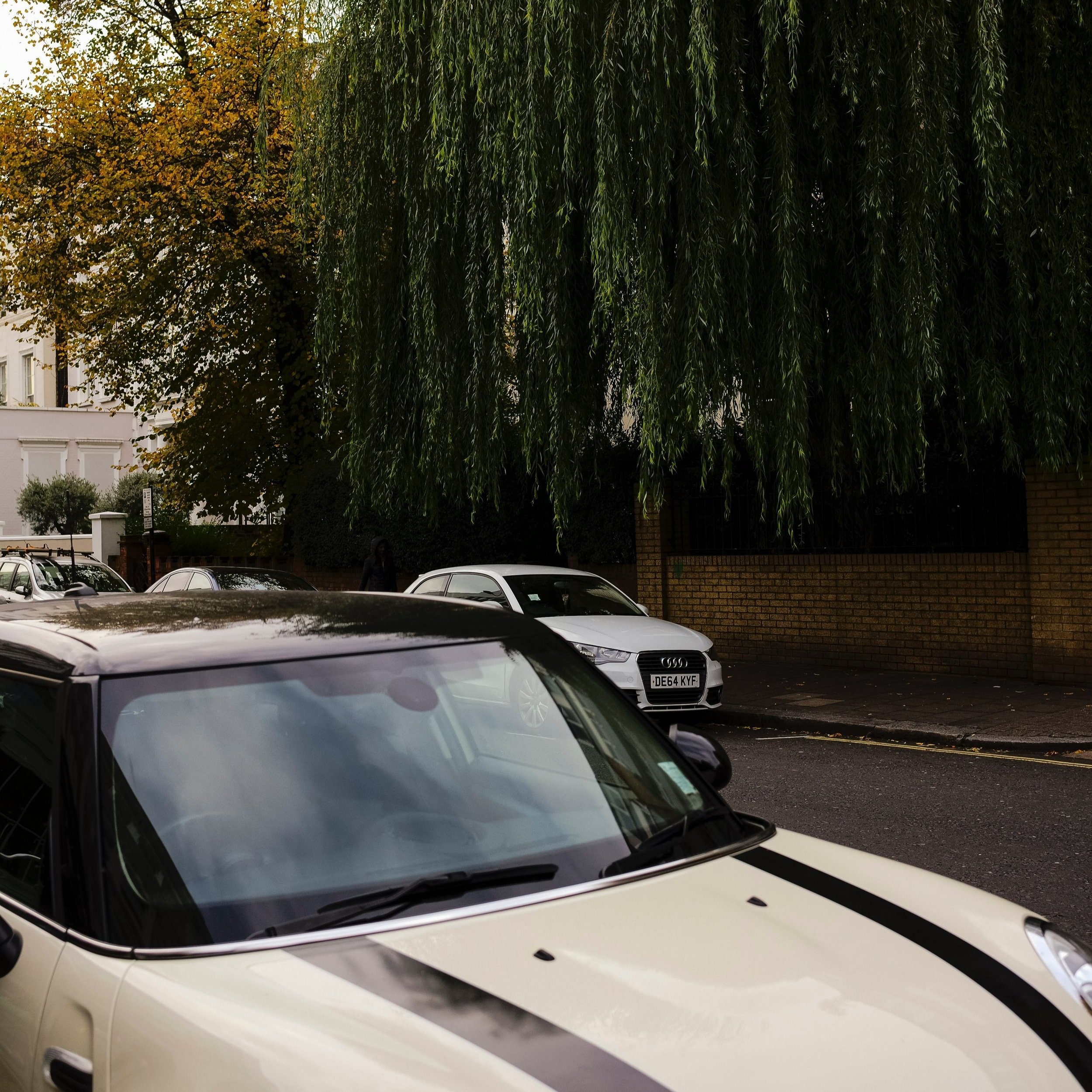For the public to make the shift to electric vehicles, people need to feel confident that the charging infrastructure is there to support them - that it is reliable, widely available and secure. Our EV Infrastructure Specialist, Ash Burton looks at some of the factors that make a resilient network.
Despite recent policy setbacks, the UK is at the midst of the electric vehicle transition, with an ever increasing number of electric cars hitting the roads. As this shift gains momentum, one critical aspect is the need for resilience in deploying electric vehicle charging infrastructure across our cities. Incorporating resilience is vital to the success of EV adoption in the UK.
The UK's electric vehicle transition
The transition to electric vehicles promises cleaner air and reduced carbon emissions. The UK government, in alignment with its net-zero emissions commitment by 2050, is promoting the widespread adoption of EVs. However, the recent delay to the ban on new diesel and petrol sales until 2035 has been somewhat disheartening for many, but it is essential that we continue to accelerate the pace of the transition in the years ahead. To support this, an extensive and resilient EV charging network is vital.
Resilience matters
Resilience, in the context of electric vehicle charging infrastructure, refers to the network’s ability to support users and be consistently dependable. Here are some reasons why resilience is important and how we can apply it:
Grid capacity: EV charging relies heavily on the power grid. Ensuring that charging stations can operate smartly, or with backup battery power for faster charge points, is vital to maintain charging resilience, especially during peak demand periods. Smart charging is a method of intelligently managing EV charging so it doesn’t overload or destabilise the grid. Smart charging allows network operators to optimise energy flow into EVs. Therefore, they can regulate energy intake according to peaks and lows in energy demand. This means they can provide more reliable services to their customers. To better understand perceptions of smart EV charging, the Department of Business, Energy and Industrial Strategy (BEIS) asked DG Cities to conduct a national survey. The study explored how consumers understand electric vehicle smart charging, and also helped provide a useful baseline for new regulations designed to support improvements in the smart charge point market. You can read more about the study here: https://www.dgcities.com/blog/smartcharging
Cybersecurity: With EV charging becoming more digitally connected, the risk of cyberattacks increases. Resilient systems need robust cybersecurity measures to protect against data breaches and service disruptions. Charge point providers should ensure they are protecting infrastructure with appropriate security measures, whilst conducting regular security audits to ensure that components are secure and up-to-date. ETSI EN 303 645 outlines specification on Cyber Security for a list of applications that includes EV charging points.
Accessibility and inclusivity: Resilience also means ensuring that EV charging infrastructure is accessible to all residents, including those with disabilities. BSI and Motability are doing some really great work surrounding this and have published an open-access standard for accessible electric vehicle (EV) charging. Inclusivity is essential for equitable EV adoption.
Equitability: Charging infrastructure should also be deployed equitably, including in what might be deemed as less commercially attractive areas. This is extremely important in providing resilience, as it allows everyone to access charging in similar ways, not creating critical points with unexpected levels of demand. Councils can use their influence to spread EV charge points equitably across their areas.
Future-proofing: Technology is constantly evolving, especially in the EV infrastructure space. Resilient systems should be scalable and designed to accommodate new technologies and increased demand. When EVCPs are deployed, one must understand how a full portfolio will be managed. A resilient separation of software and hardware layers is key, limiting the number of hardware replacement required whilst still ensuring that the system can be up-to-date and effectively operating over a long period. EVCP infrastructure is set up for 10-15 years, a period during which a lot of change is expected within the market.
Diverse network: Having multiple charging providers in one city helps to ensure resilience, as if one network is temporarily unavailable, there would always be other charge points available. Unforeseen issues always occur, often at no fault of a provider. Recently, a charge point provider temporarily suffered a UK-wide network outage which unfortunately left customers unable to charge their vehicles using local on-street chargers. This is why it’s important to have a diverse network of charging infrastructure, and why we recommend local authorities procure more than one charging provider, to ensure that residents are never left in a tricky situation.
‘Networks are bound to fail sometimes – and it’s ok. However, it emphasises the need for local authorities to build resilience into the deployment of infrastructure. This is why we recommend that local authorities encourage multiple providers to deploy infrastructure across an area to avoid a borough-wide blackout, and we are working on a simple way to do this.’
Ash Burton, EV Infrastructure Specialist at DG Cities.
As the UK charges forward with the electric vehicle transition, building resilience into EV charging infrastructure is vital. This ensures that EV charging services remain reliable, accessible, and secure, even in the face of unexpected challenges. By incorporating this approach into the deployment of electric vehicle charging infrastructure, cities across the UK can pave the way for a greener, more sustainable, and resilient future.











































